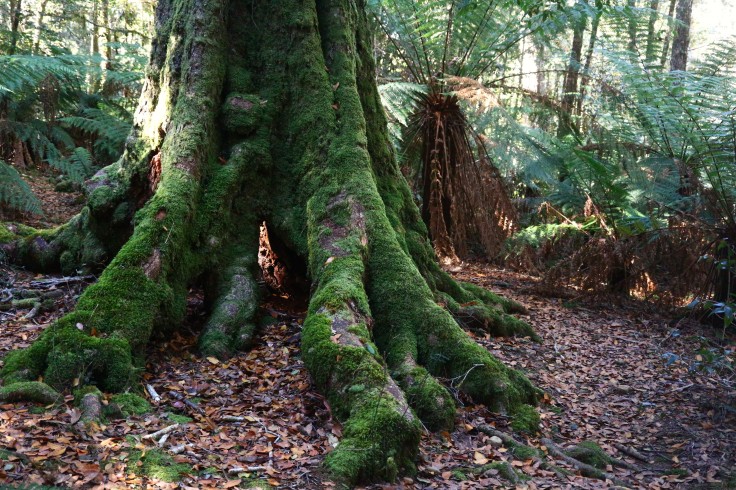It is July 1936, Spain, and a long-planned military conspiracy aims to dislodge from power a democratically elected government. Aircraft fly in mercenaries from abroad, troops are mobilised across the country, and a war begins.
La Sauceda: a stronghold against fascist forces
In Andalucia’s southern-most province, Cadiz, the Spanish Civil War was hardly waged and the democracy’s defeat was swift. Fearing and foreseeing the repression to come – hinted at by the Commander at Jerez de la Frontera in his genocidal warning that he was willing “if necessary, to employ an iron fist that exterminates, as many as they may be and whoever they might be, all of the enemies of our homeland” – leftists from Jerez, Cadiz, Algeciras and the surrounding towns, took to the hills before the onslaught came. It came to the republican refuge of La Sauceda first by air, then by land, and finally, for those who survived, it came speeding from the barrel of a gun.
La Sauceda was a town of 2,000 people when Franco’s right-hand man General Mola told his men that the repression must be “violent in the extreme, to reduce as soon as possible the enemy who is strong and well organised… We must sow terror, we must impose the impression of dominion while eliminating without scruples everyone who does not think as we do”. The enemy was the left, democracy itself, and this enemy in La Sauceda was indeed strong and well organised; an enemy swollen in ranks by the influx of militants from nearby towns and bolstered in morale by a tradition of anarchism, communism and socialism.
The Luftwaffe sows terror over La Sauceda
Hence the attack, when it came, was so brutal. On the 30th October Luftwaffe planes flying as the ‘Condor Legion’ hummed over the oak tree forest and dropped their payload onto the population below. This ‘terror bombing’, as they became known in Axis and Allied armies alike, preceded that of the infamous Guernica bombing, making it the first air-born terror raid in human history. The scale of the Guernica bombing meant that its name would be burnt into our memory forever, aided by Picasso’s brush. But all across Spain, civilian populations would serve “to test my young Luftwaffe”, as Hermann Goring stated in the Nuremberg Trials.

Then, from all directions came four military columns marching on the republican palisade. They arrived on the 31st October 1936 – three months after the initial coup took place – and after a day’s resistance the republicans were defeated. The very next day the survivors were marched off to a nearby property to be tortured and shot. One by one, the inhabitants of La Sauceda were eliminated, exiled or enlisted into the slave labour forces of the new fascist regime. The town simply “ceased to exist…it was wiped off the map by Francoism”, as our host at the Casa de la Memoria recounted.

Uncovering the truth of La Sauceda
The victims’ bodies laid hidden and forgotten – throughout the war, throughout the thirty-six long years of the dictatorship, throughout the transition, and throughout much of the reborn democracy – until 2012 when their remains were uncovered and given a dignified resting place in the village cemetery. There they now rest as reminders of those crimes, and everywhere they “live in the hearts of those who fight against impunity”, as an epitaph to an unknown victim says. There will always be those who dislike digging up the broken bones and shattered skulls of the past, but for the Casa de la Memoria of Jimenez de la Frontera, all they want is for “nothing more and nothing less than for Spain to do as other countries have done”: to recognise and recover this past.
What happened in La Sauceda was but one phase of Franco’s genocide of the Spanish left. La Sauceda received one of General Mola’s many “exemplary punishments” that he and his fellow conspirators inflicted upon countless numbers of unionists, teachers, activists, and intellectuals. La Sauceda was a hidden village, the crimes long buried beneath the soil and veiled behind the mist, but today La Sauceda remains there to condemn the past and compel the future to some better fate than theirs. It remains there, silent, but speaking:
While I have a voice / Mientras me quede voz
I’ll speak of the dead / hablaré de los muertos
so still, so silent, / tan quietos, tan callados,
so inconvenient/ tan molestos.While I have a voice / Mientras me quede voz
I’ll speak of their dreams / hablaré de sus sueños,
of all the betrayals / de todas las traiciones,
of all the silences / de todos los silencios,
of the bones with no name / de los huesos sin nombre
awaiting the return / esperando el regreso,
of their final delivery / de su entrega absoluta,
of their winter pain / de su dolor de invierno.While I have a voice / Mientras me quede voz,
my dead won’t be kept quiet / no han de callar mis muertos.By Marisa Peña











Gracias Tim. Te esperamos cuando quieras de nuevo.
Abrazo, salud y República.
LikeLike
Agredezco su invitacion, y gracias a ustedes por haber restaurado esta historia para que la publica pueda aprender de estos crimenes.
LikeLike
Tim, your photos are beautiful and haunting. Thank you for sharing them and this story from a sad history.
LikeLiked by 1 person
Reblogged this on maisysabredavid.
LikeLike
Thank you for reminding us never to forget.
LikeLiked by 1 person
Thanks for the history lesson on my Sir name “Sauceda”. I am proud.
LikeLiked by 1 person
We stopped at the memorial site today, our basic Spanish left us unsure of what we’d stumbled across but keen to learn more. Thank you for posting the history on her.
LikeLiked by 1 person
Thanks Cariline, I’m glad you found my article useful!
LikeLike